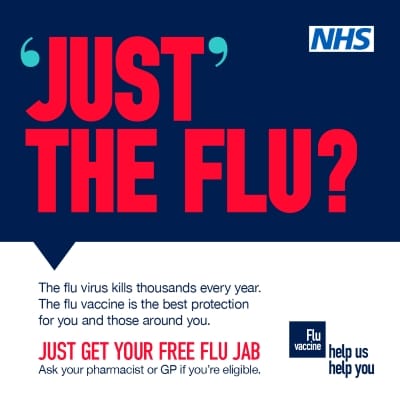The United States is currently enduring an unparalleled flu season, marking the most intense outbreak since the swine flu pandemic of 2009-2010. According to data from health authorities, the incidence of influenza-like illnesses has risen sharply in recent months, driving up hospitalizations and straining healthcare systems nationwide.
This year’s flu season commenced earlier than usual, and its swift progression has made it one of the most severe respiratory virus events in recent memory. The Centers for Disease Control and Prevention (CDC) has indicated that metrics, such as the percentage of outpatient visits due to flu-like symptoms, are at their highest levels in at least 15 years. Initial estimates reveal that millions of Americans have already been infected, with thousands requiring hospitalization. Furthermore, the rapid transmission has led to absenteeism in schools and workplaces, setting off ripple effects in various sectors of society.
One of the primary concerns surrounding this season’s flu activity is its overlap with other respiratory viruses such as COVID-19 and respiratory syncytial virus (RSV). While both COVID-19 and RSV have begun to decline, influenza has surged, filling emergency rooms and creating competition for resources. Beyond direct complications from the flu, vulnerable populations, including the elderly, infants, and individuals with pre-existing conditions, are at higher risk of severe outcomes.
Public health officials link the current surge to several factors. First, the circulation of multiple flu strains appears to be a significant driver of the outbreak. Preliminary analyses indicate that some strains are more transmissible and severe compared to previous years. Second, behavioral changes in the wake of the COVID-19 pandemic—such as reduced adherence to preventive measures like mask-wearing—have provided favorable conditions for flu spread. Third, experts have pointed to a lower-than-expected uptake of flu vaccinations, further exacerbating the problem.
Vaccination has long been considered the most effective tool for mitigating flu impacts. However, this season’s vaccination coverage reportedly lags behind previous years, raising alarm within the medical community. Vaccine effectiveness varies annually based on strain matching, yet even partial protection can reduce the severity of illness and prevent complications or hospitalization. Public health campaigns have been intensified to encourage more individuals to get vaccinated, although challenges persist in terms of accessibility and misinformation.
The economic implications of this outbreak are also beginning to surface. Increased absenteeism due to illness has disrupted productivity in schools and industries. Additionally, healthcare facilities across the nation are experiencing significant financial strain as they cope with a surge in patient volume.
In response to the crisis, federal and state governments are ramping up efforts to combat the outbreak. Vaccination drives have been expanded, and awareness campaigns are encouraging Americans to adopt preventive measures, such as frequent handwashing, wearing masks in crowded settings, and avoiding close contact with people showing symptoms. Hospitals are focusing their efforts on critical care while implementing protocols to manage resources efficiently.
Medical experts and epidemiologists stress that this intense flu season should serve as a reminder of the importance of ongoing vigilance and preparedness for respiratory illnesses. Previous pandemics have shown how quickly infectious diseases can disrupt daily life, and this year’s flu surge proves that even long-standing illnesses like influenza can pose severe public health challenges.
As the flu season progresses, there remains hope that adherence to public health recommendations and wider vaccination efforts can curb the severity of the outbreak. Many Americans are navigating the dual challenges of staying informed without succumbing to alarm, balancing ordinary activities with the reality of a widespread health event.
The message from health officials is clear: people must take the influenza threat seriously, not only to protect themselves but also to shield their communities from the virus’s cascading effects. The coming weeks will be critical for determining whether mitigation measures can effectively reduce transmission and alleviate the burden on healthcare systems.
While the United States works to contain this flu season, questions remain about how to better prepare for similar outbreaks in the future. Increased investment in public health infrastructure, research into more universal flu vaccines, and community education on preventive measures could be game-changers. For now, the nation’s attention is firmly focused on navigating the most intense flu season in 15 years with resilience and collective effort.



